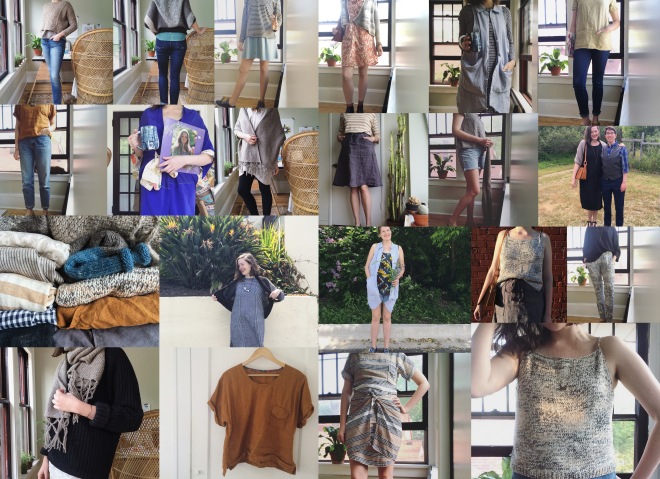 As makers, we can have total freedom over what clothing to create and wear. But do you ever feel like:
As makers, we can have total freedom over what clothing to create and wear. But do you ever feel like:
- It’s a fine (and sometimes frustrating) line between fabrics, patterns, and projects you love the look of vs. fabrics, patterns, and projects you love to wear
— and/ or —
- There are so many good sewing projects out there, or waiting in your stash, that you can’t just pick one to start, and you end up not making anything! (decision paralysis)
These are common challenges for me, and conversations I see popping up on social media, and I think it comes back to planning. If, like me, you enjoy planning out your makes and are looking for tools and tips to help with that process and help align your projects with your stash and your style, then may I introduce you to: the Capsule planner.
I think the beauty of the planner is that the steps aren’t revolutionary — the same type of steps that you’ll see in the Wardrobe Architect series or the Into Mind workbook, but instead of months and chapters of planning, it’s super concise. (I completed it in just two short sessions, over breakfast before work). I love planning projects but I can easily get stuck daydreaming and sketching, or conversely overwhelmed by all the great pairings of stash materials + patterns + shapes I’d like to wear. This capsule planner by the blog Un-fancy provides helpful guidelines and keeps the process confined, so you can move onto wearing (and making!) your capsule. The basic steps are:
- Define your timeline (a season, a few months, even a specific travel period)
- Assess your climate & lifestyle needs over this timeline
- Pick out your 8 favorite pieces for this type of weather & lifestyle, and also note what pieces you haven’t been reaching out
- Use those lists to brainstorm what’s working for you and what’s not, in terms of color, material, fit, etc.
- Use the above exercises to inform a color palette, shopping plan, and budget
If you’re looking for more in-depth exploration to help identify your personal style, I think a more involved planner would be really beneficial. But if you’re looking to try a capsule wardrobe, or just find some peace in planning out what to make or buy, I’d recommend this one. (it’s free!)
The thing is, whether or not you plan on “capsule-ing” your closet, you could use this guide to make your sewing, knitting, or shopping more considered, and ultimately, I think (I hope!) make your closet more satisfactory. As I went through the planner for my summer closet, I came up with a few quick tips for adapting the capsule wardrobe planner for a handmade, me-made wardrobe:

Use it (re)assess your stash
Writing out some style parameters, a color palette, and “what’s working” or not working for me, immediately made me think of my stash. How well does my stash (both fabric and yarn) reflect what I want to wear, or need to wear to suit this season? I actually took swatches from my stash and scrap bin to make my color palette, and then I also wrote down some natural dyes that fit my palette so that I have options in mind for modifying things in my stash or secondhand fabrics I come across. For example, I love the vibrancy of cochineal pink, but when I look around at my favorite things to wear (and the resulting color palette), cochineal pink really doesn’t go. But the blush pink and peach of avocado pits complements my palette, which centers around un-dyed cream/white, indigo, warm browns from cutch and pomegranate, and the range of grays from tannins + iron.
Personally I’m at a point where I feel uncomfortable at the thought of my stash growing any larger. Even though I’m focused on summer sewing, the capsule planning process (and more broadly, my efforts to keep a small closet) has helped me part with some fabrics that weren’t going to see the light of the project table any time soon. If you’re looking to de-stash, this planning process could be a great place to start!

Use it to become a better maker
I’m pretty aware of my favorite pieces of clothing and could write down my “top 8” with little hesitation. But the “never wear” section? I blanked. I changed it to “rarely wear,” since things that are truly unworn are probably sitting in the scrap pile or someone else’s closet at this point, but when I took a hard look at my closet I realized that the things I’m reaching for the least are handmade pieces from my early days of sewing. The common themes are ill fitting and poor finishing, which I realized could not only free up space in my closet but could serve as valuable feedback to become a better maker. As I sew this summer, I’m using these “rarely worn” pieces as a good reminder that I need to make muslins or double-check measurements, and not skimp on seam finishes.

Use it to prioritize your projects — both new makes and mending
For sure, I still get the urge to make all the things, but as I planned my activities & special events over the next three months, it seemed like such a busy time! So I used the shopping list as an abbreviated “making list”: I know that I have to prioritize making a dress to wear in a wedding, and then I picked 3 other items to make that will fit in my capsule. Of course, I have longer term projects like my One Year One Outfit pieces and my Tamarack Jacket, but I’ll keep those moving slowly ahead when I have time, or after I finish my priority items.
The “rarely wear” section also becomes a good “at a glance” list of what to mend, alter, upcycle, or dye — which for me is a good way to keep on sewing or knitting while not going overboard on the number of items in my capsule/closet.

Use it to inpsire & budget for styling your makes & building skills
For me, the “brands” and “budget” section of the capsule planner seemed almost irrelevant at first. Of course, you can list your favorite pattern designers as your go-to brands (I did), but then I realized that brands can reveal more than a shopping list — an aesthetic wishlist. So I listed some of the brands I admired and thought about some of the reasons why I like their designs: high quality natural fibers, simple and timeless shapes, the color palette, the styling — all inspiration for my summer makes. (See more on my “sewing inspiration” pin board, if you’re curious).
And since I’m committed to using my stash, I don’t need to budget for new materials, but I realized there were a few special items and experiences I wanted to add. Going through the events, travel, and activities balance for summer really helped me crystallize this list. The big one for me is that my brother is getting married (in just a few weeks!) and while I plan to make a dress for myself, I want to complete my look with a (rather overdue) hair cut and a new pair of sandals, and if there’s room in my budget then I’ll spring for a pedicure and some makeup too (I have a running wish list of non-toxic options, but would love any suggestions if you have favorites!).
With summer travel and special events, my budget is pretty full, but in the future I think the budgeting section will also be a great place to incorporate classes and skill-building. I’ve been investing in textiles classes (most recently, weaving) and natural dye books and materials for the past year, and the cost can definitely add up. But framing them in the context of the span of a season, and in lieu of shopping, could be a great aid in allocating those funds.
So those are the modifications that came to mind for using capsule planning as a vehicle for planning all my sewing, knitting and dyeing projects. Of course, it’s my first time “officially” planning a capsule wardrobe, so I’d love to know if you have experience with this type of exercise — any and all suggestions are welcome!
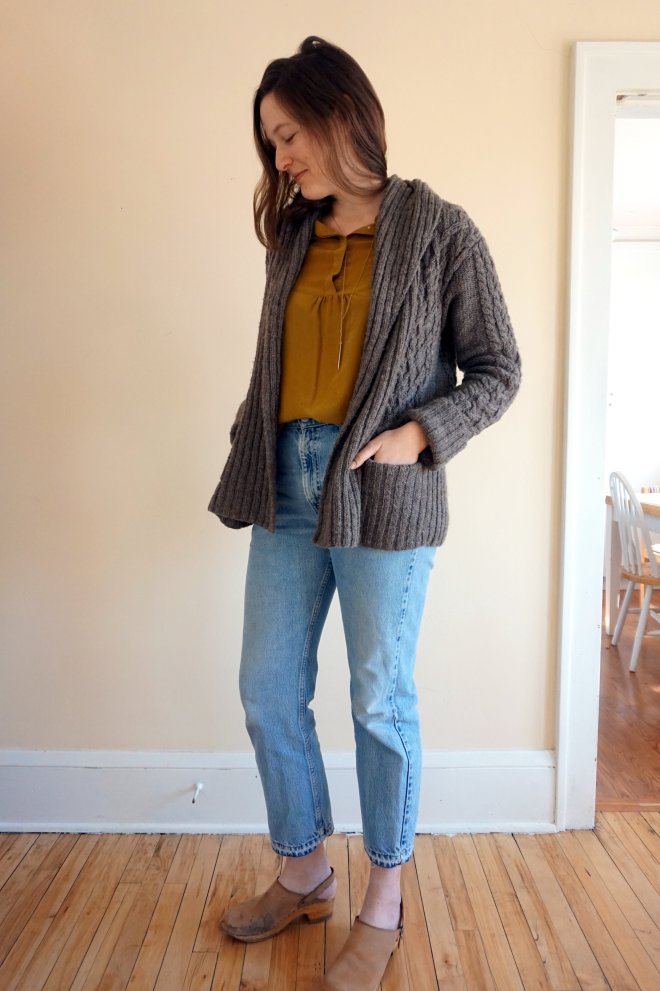
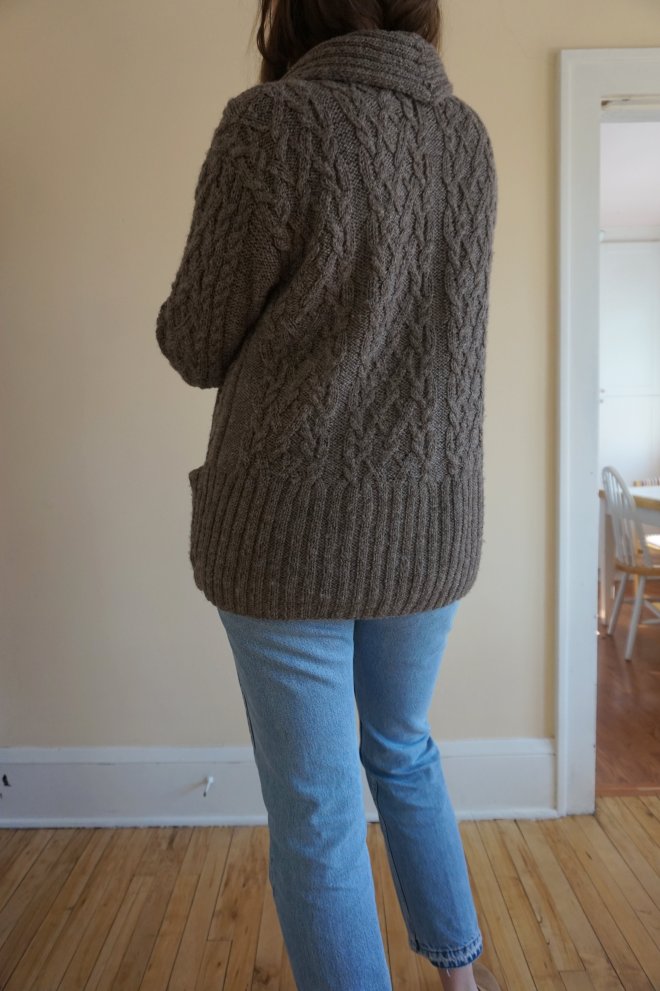
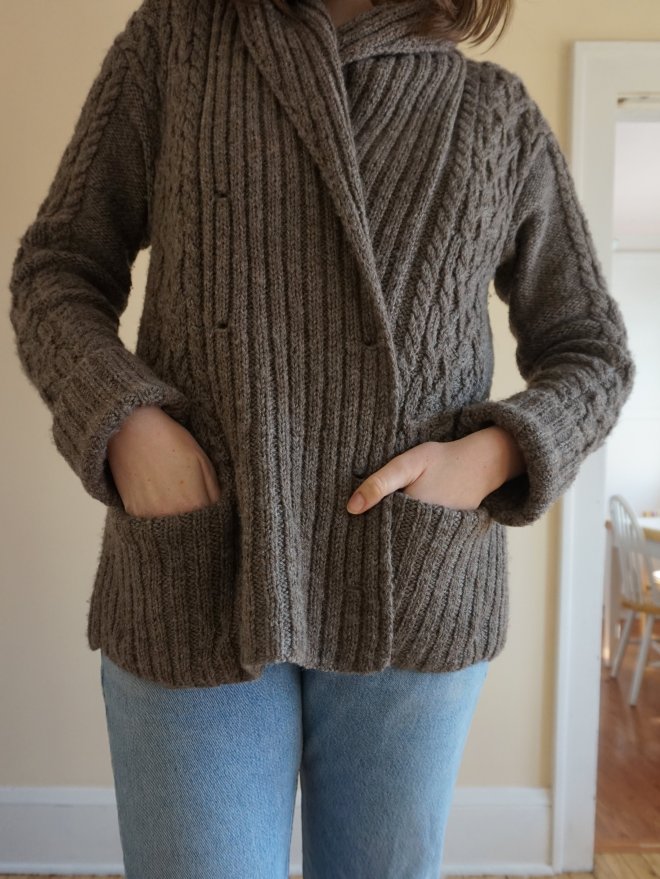
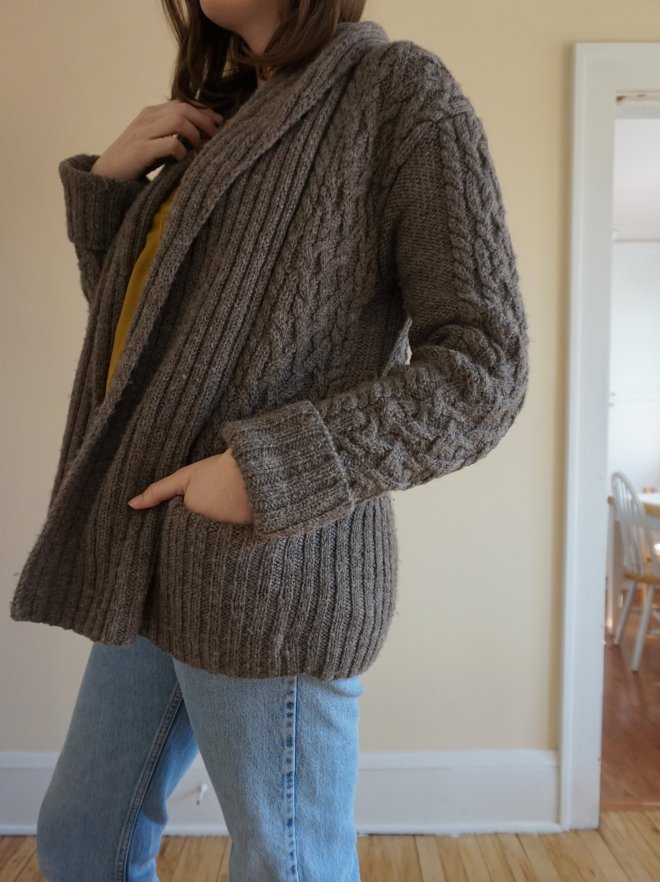
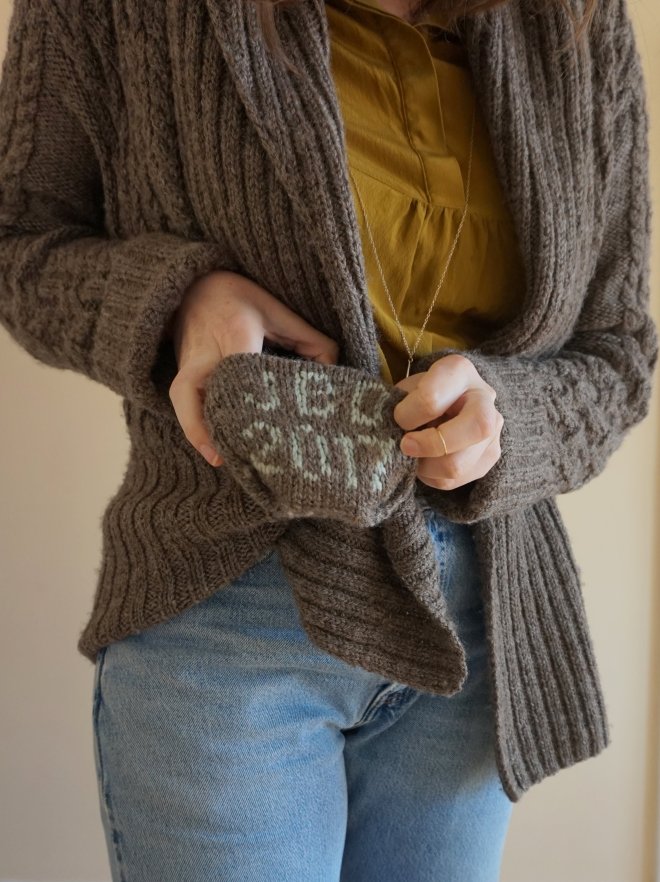
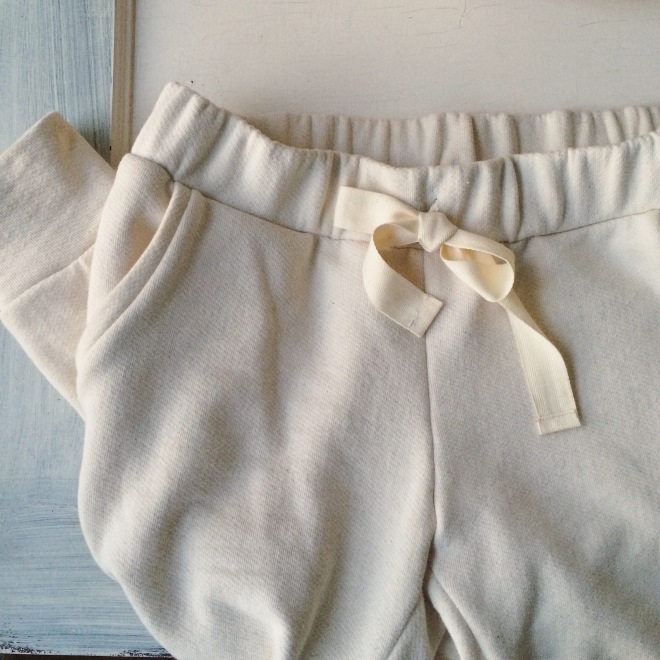
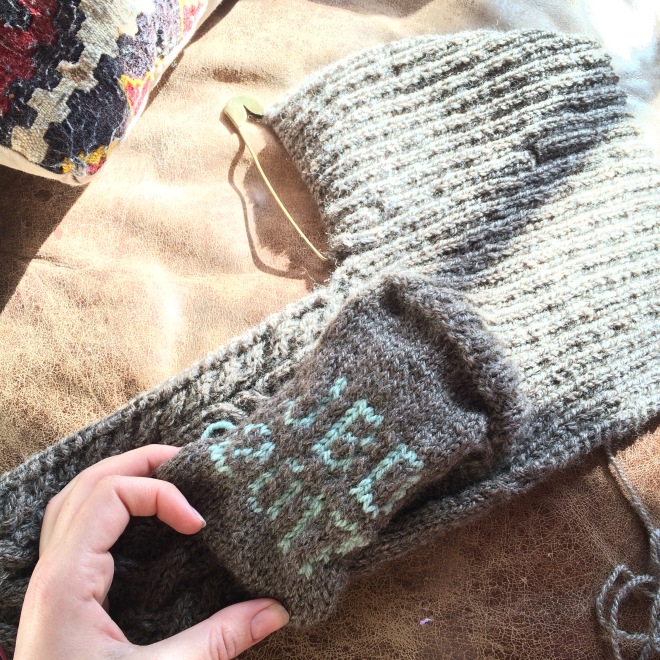
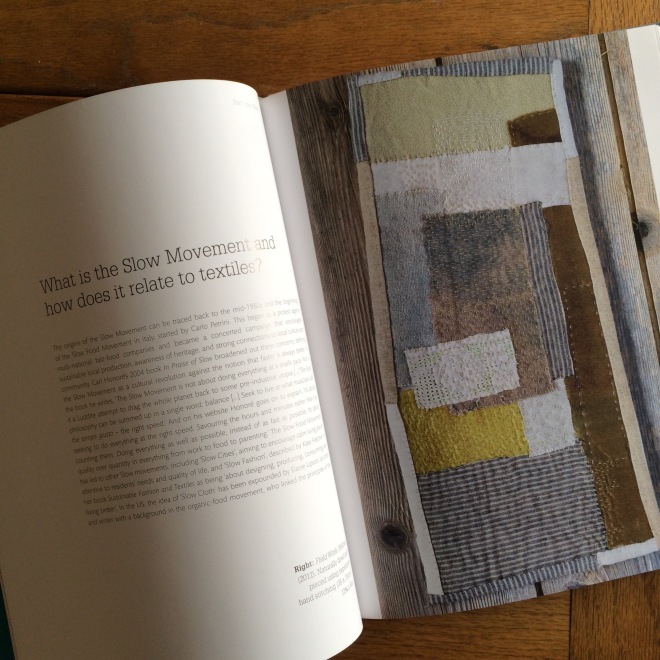
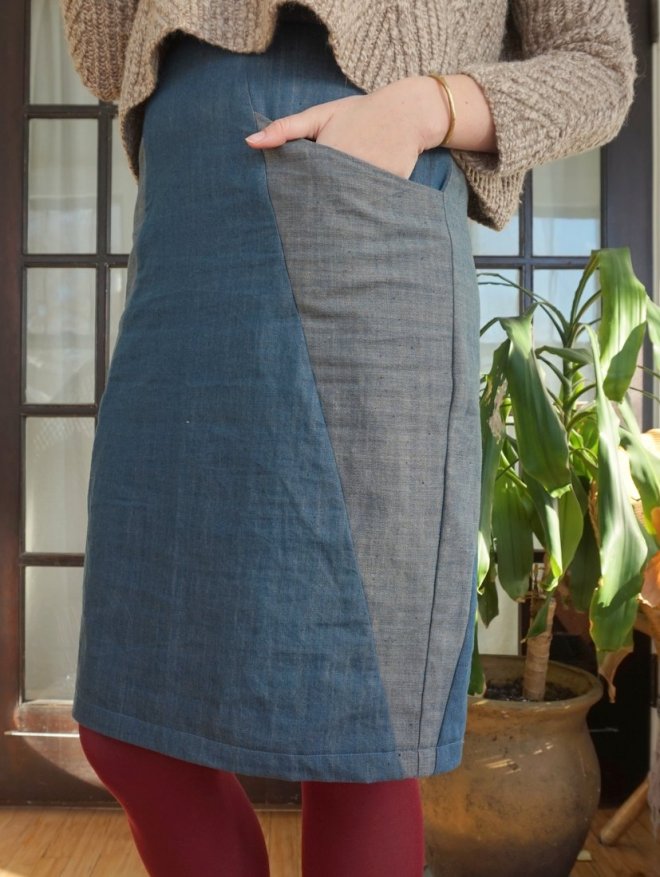


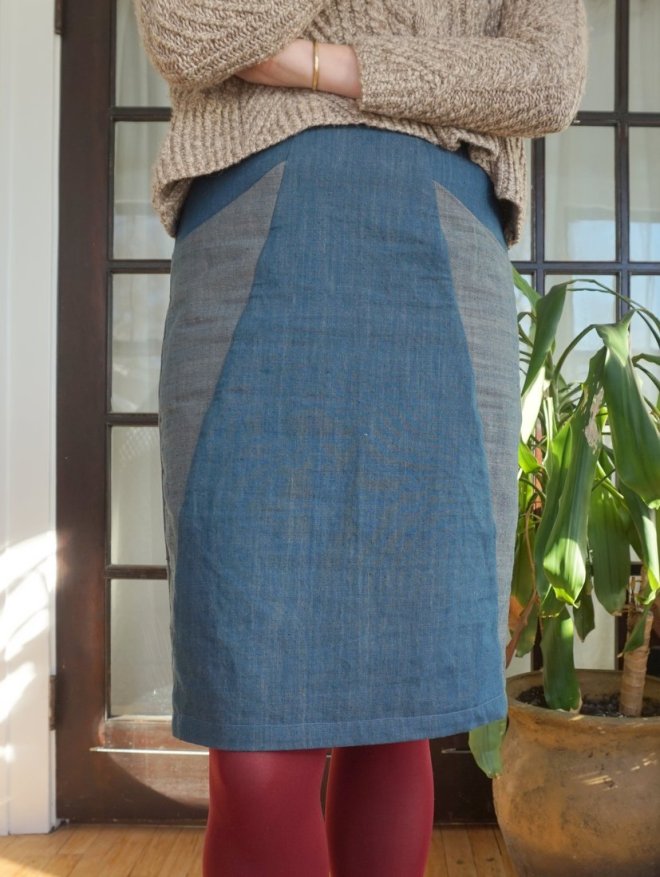
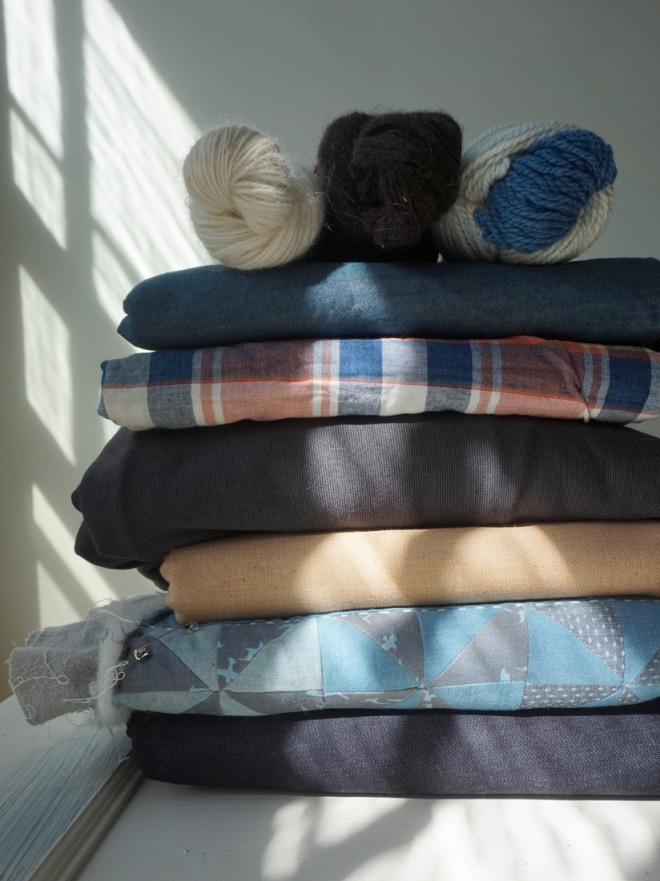


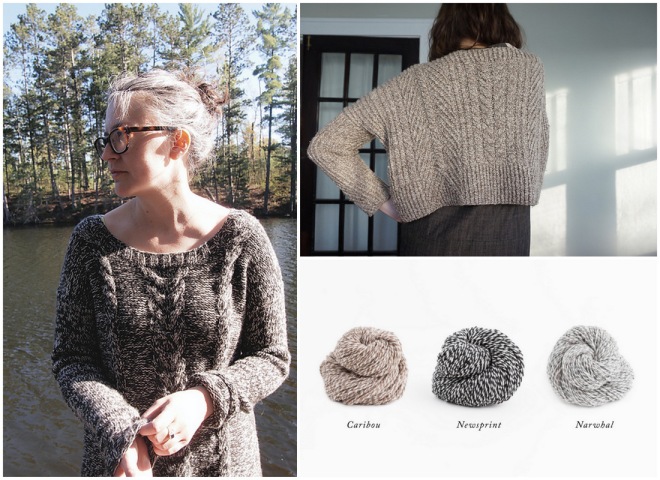

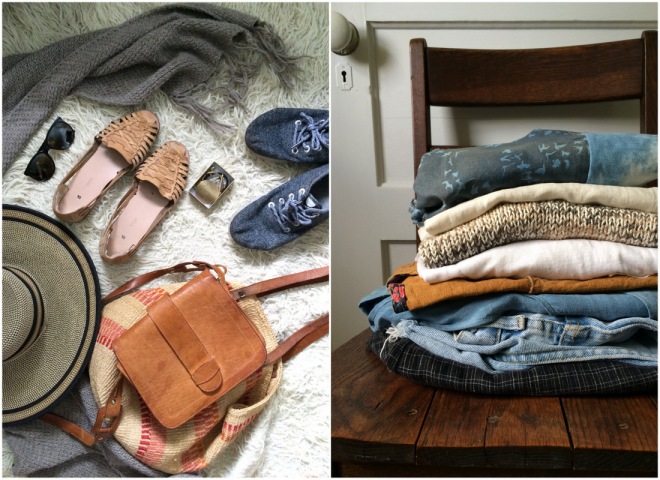





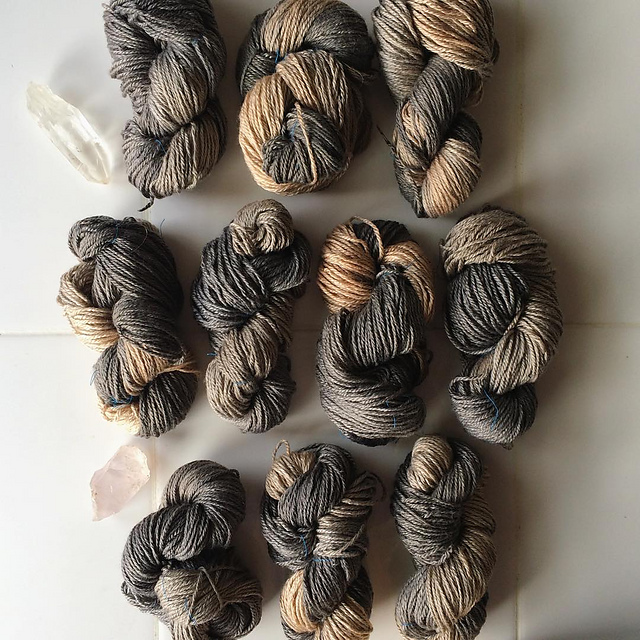



 As makers, we can have total freedom over what clothing to create and wear. But do you ever feel like:
As makers, we can have total freedom over what clothing to create and wear. But do you ever feel like:



